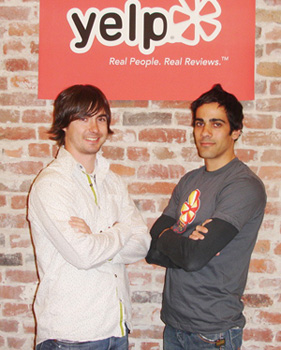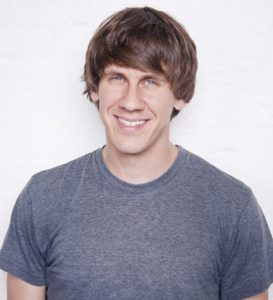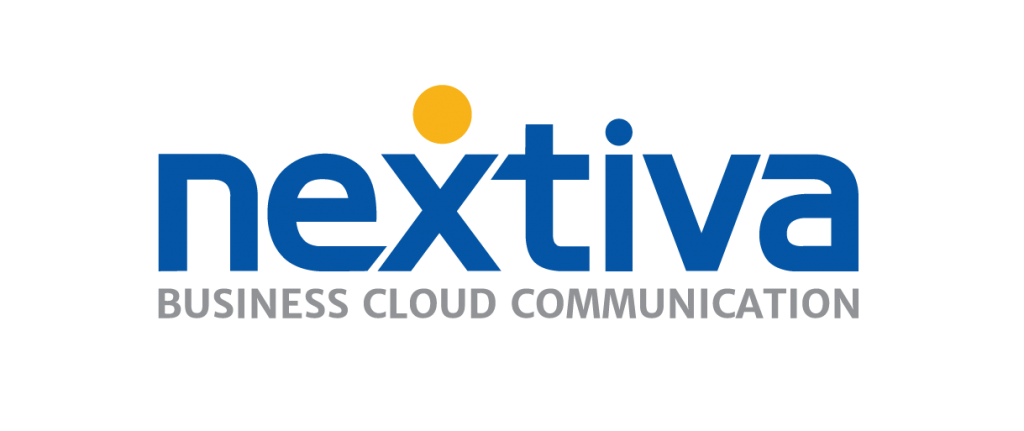Success Story of Jeremy Stoppelman and Russel Simmons – Founders of Yelp
The entrepreneurship journey of Jeremy Stoppelman and Russel Simmons, from working in PayPal to forming one of the world’s biggest business review website Yelp Inc., is a story of sheer dedication and creativity. It all started when both the founders who were working in PayPal as a software engineer dreamt of starting their own venture.

The inception of Yelp into market space
Jeremy attended Harvard Business School, after finishing his Computer Science degree from the University of Illinois. Meanwhile, Russel had already finished his bachelor’s degree, one year before Jeremy passed out from the college. He was working in PayPal as Lead Software Architect. Later when Jeremy joined PayPal, Russel and Jeremy get along really well and planned to start with their own venture. Their idea was to disrupt the market with a product that will help to resolve business issues. After endless brainstorming sessions in a business incubator, they founded Yelp in the year 2004. Initially, Yelp came out as an email recommendation service, and later, grew into a local business website for San Francisco.
Glory to success and eminence
After the inception of Yelp, it transformed drastically. By 2008, the company started offering services in most of the states of the U.S. By the end of the financial year, the co-founders started working on the Canadian project. Due to enormous success in such a short span, the vision of the company expanded to serve the world. In coming years, it grew exponentially and became an international social networking website as a local search tool. The success of Yelp did not stop just there; as a result, today, Yelp has more than 62 million unique visitors and approximately 177 million reviews on their website. Yelp has transformed into social networking, business review and local city guide, where people can search anything from finding a restaurant, shopping to almost anything. Yelp is now operational in more than 32 countries across the world and still holds the best interest of their customers.
Co-founders parting ways
Russel after serving several years as co-founder and CTO at Yelp, bid farewell to the company, in the year 2010. According to sources, he wanted to take time off to travel. Russel still holds significant shares of the company and continue his service as a consultant to the company. Jeremy, on the other side, still serving as a CEO to the company. There were several media trials on clashes between the two co-founders, but no evidence to solidify the case. Today, Yelp has the highest revenue per month compared to Facebook, Twitter, Snapchat, Instagram or any other major social networking platform. The company has a market cap of $3 billion and wish to grow more in the coming years.
Yelp business model captured the market with the ideology of solving customer’s issues, and hence, turn out to be one of the biggest social networking sites. The company is transforming with the introduction of Artificial Intelligence-based product and services. It will not be wrong to say that, the company has the potential to grow further. In the year 2009, the technology giant, Google, offered $500 million to buy Yelp. The CEOs politely declined the offer. Google is known for killing the completion; the gesture of buying Yelp shows its potential in the market.

Aman calls himself a curious breed, who is fond of the expedition, bowling and is a super colossal movie buff. A small cog in a digitally transforming world who seek to forge mark in the gargantuan marketing space. He is an introvert by nature yet, loves being around with heart-warming people. Philosophy of Life: “Hardship often prepares an ordinary person for an extraordinary destiny.” ? Christopher Markus.











